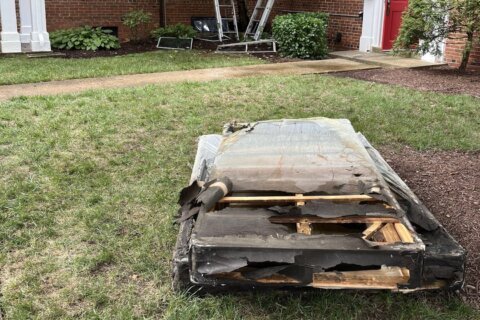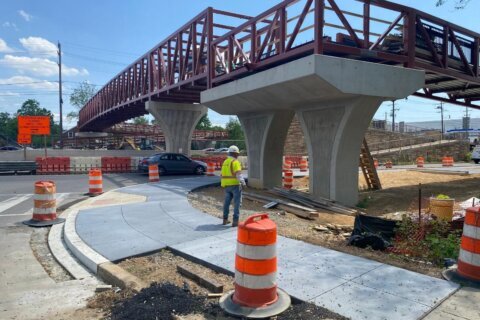A criminal case is rarely solved as fast as it happens on TV. Police can spend hours or even days waiting for get their hands on surveillance footage, and sifting through databases can be slow and tedious — there’s no magic push of a button that gives investigators all the information they need.
While the opening of D.C.’s new Real Time Crime Center won’t give investigators a crystal ball either, some of what’s happening there does bring the city closer to moving with the type of speed and ease that make-believe television often portrays.
While the ribbon was cut this morning on the new venue, which sits several floors above the Judiciary Square Metro station, the truth is it’s already been up, running and helping police close out cases. The image of the person suspected of being involved in the killing of a teenager last week at the Brookland Metro Station was put out less than 30 minutes after it happened because of the technology and coordination happening there.
“It is the new epicenter of how MPD responds to crime and investigates cases,” said D.C. Police Chief Pamela Smith. “These investigators were able to dig deeper into crimes in real time, relaying key information and lookouts from CCTV cameras to officers on the ground.”
She said on Friday, two people were arrested in a robbery near the Georgia Avenue-Petworth Metro station minutes after a 911 call came in. The new center allowed the department to circulate images and descriptions of the suspect to police who were responding, Smith said.
The main technology comes from a company called Fusus by Axon, which runs similar programs in hundreds of other municipalities around the country. Its technology consolidates onto one map a real-time update of all the calls coming into the city’s 911 call center, what the call is about, where it’s happening, and if needed, icons that show police where all the registered private surveillance cameras are, as well as the ones owned by the city. It tracks license plate readers, too.
“We can jump to different locations almost immediately,” said Fusus CEO and founder Christopher Lindenau, who added that allows the investigators to “really understand and ascertain what’s going on in real time.”
One officer recounted being able to listen in to a 911 call about a possible domestic violence case and being able to match the name with an image for responding officers. He also relayed that the person involved was already wanted on an outstanding warrant — information that could be crucial for officers rushing to a scene.
While police continue to look for the shooter responsible for the killing of 14-year-old Avion Evans, who was gunned down last week on the platform of the Brookland Metro station, Smith said the advances and coordination made possible by the Real Time Crime Center let police push out information much faster than they would have even a few months ago.
“To be able to do this in the very moment is a breakthrough,” Smith said. “Video is one of the most important tools to help our officers and detectives close a case. Videos continue to play a key role in identifying a suspect but also ensuring the criminal justice ecosystem holds the suspects accountable.”
She said police are “close” to solving that case.
Police and the private sector are also hoping more privately-owned cameras will link into the city’s new CameraConnect D.C. program.
“We know that video plays a key role in investigating cases and successfully prosecuting individuals,” said D.C. Mayor Muriel Bowser, who used the ribbon-cutting to also urge the D.C. Council to fully fund her proposal to expand the number of city-owned cameras.
“Camera Connect D.C. is a new program operated by MPD that will more effectively and efficiently allow residents and businesses to share video with MPD,” Bowser said.
Smith asked homeowners and business owners in the District to register their cameras, whether they’re doorbell cameras or private, CCTV systems. She said there is no cost associated with doing so.
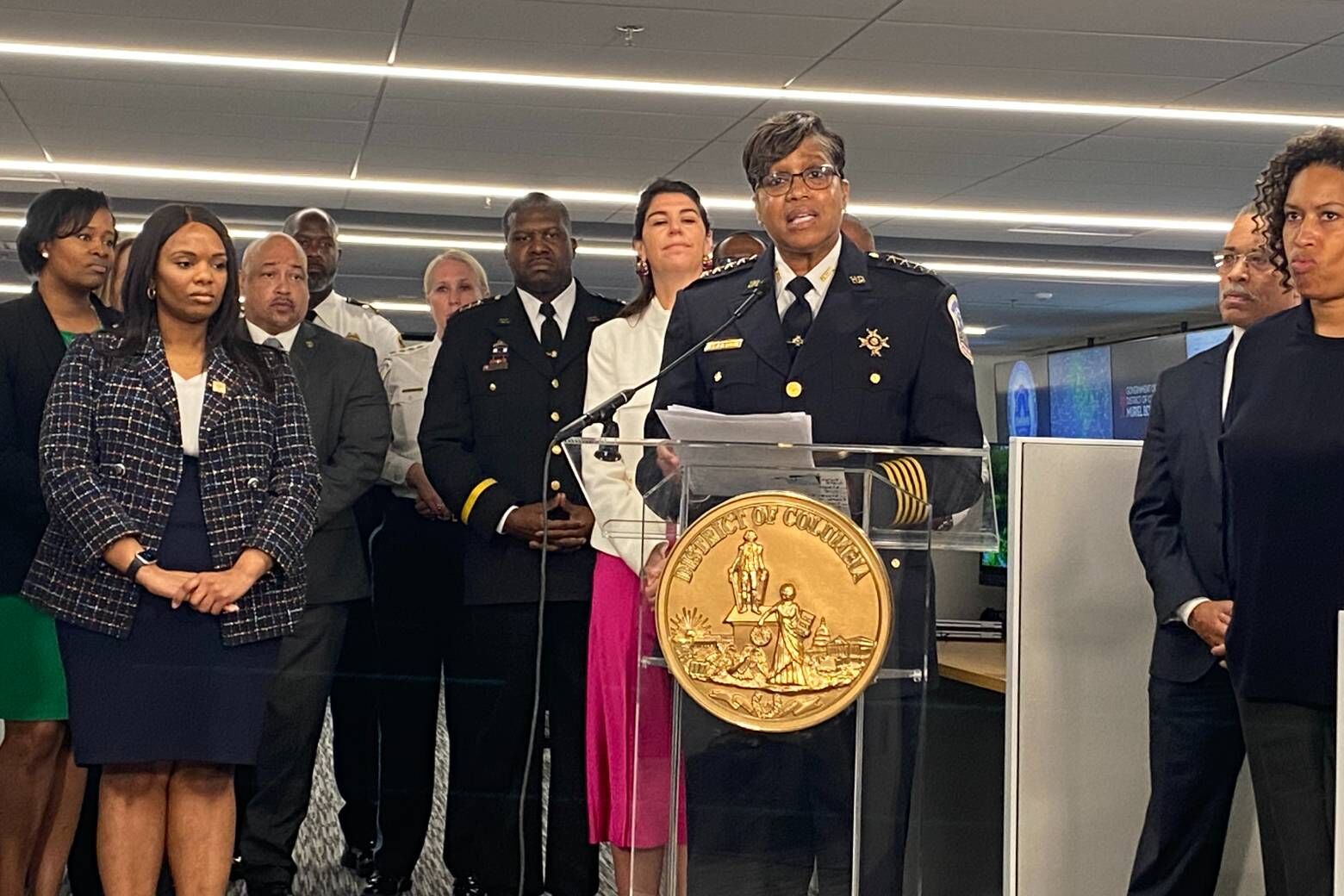
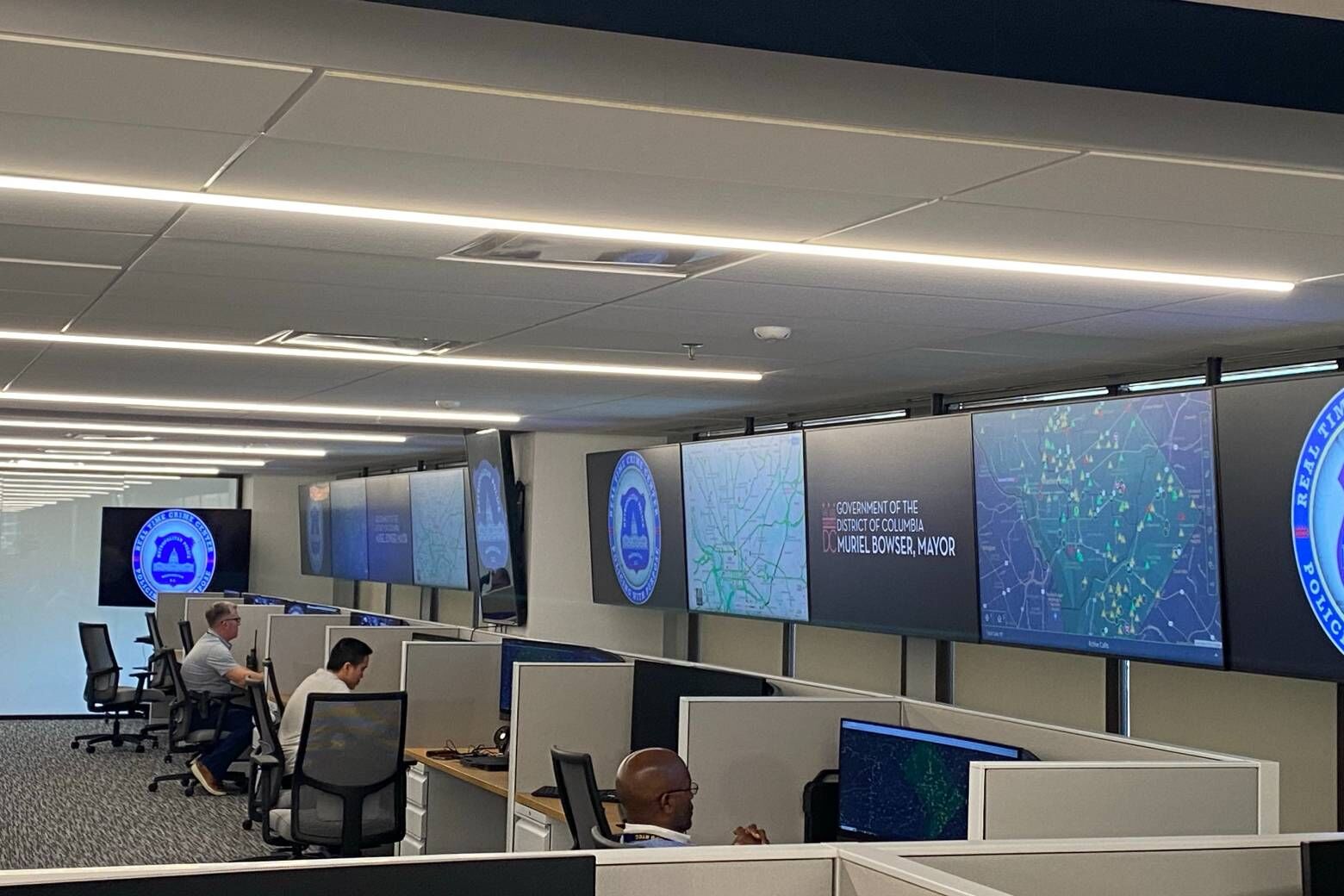
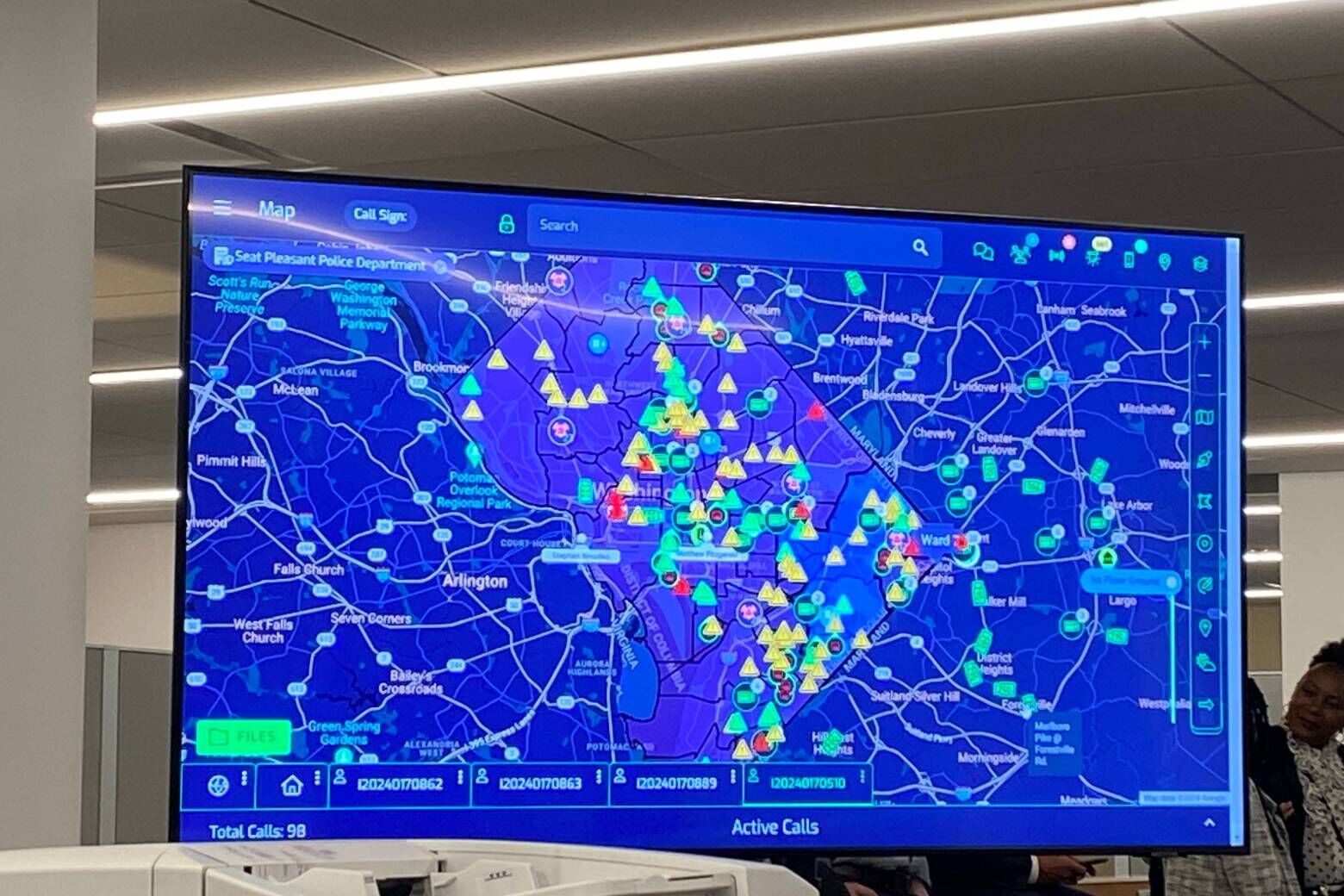
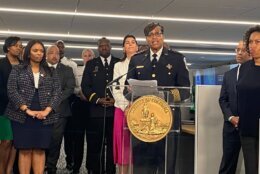
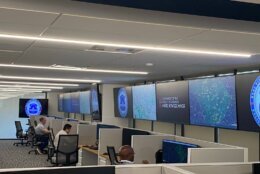
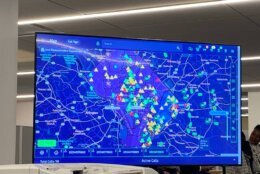
“When a crime occurs, our Real Time Crime Center team will be able to send you an alert that asks you to review your video and upload the footage so we can quickly get ahead of those who want to cause harm in our neighborhoods,” the chief said.
“I want to make it clear by simply registering your camera, in no way are you giving MPD live access to your camera footage. What it does is help us to identify potential sources of video evidence around a possible crime and create a way for us to quickly communicate with you and ask for the video. You choose what you want to upload.”
Police are hoping the CameraConnect program will also lead to more cooperation than they get now.
Typically, after a crime has happened, if people are outside milling about afterward they can see who police speak to and who might be working with detectives, and in some communities the consequences of being a “snitch” can be severe. Being registered in the program allows police to reach out over the phone and lets someone who might have important video share it more discretely.
So far, the city has provided rebates for 28,000 private security cameras.
Mark Ein, the owner of Kastle Systems, which is also working with the city on these new technological endeavors, touted what he called “Capital Shield 2.0,” building off a program he helped launch almost a decade ago. In 2015, he offered cameras to businesses and apartment buildings that were willing to help connect them to MPD to help provide clues when crimes occur.
Nearly 800 cameras got involved and almost half were given away by Kastle at the time. Now Ein said he’s ready to give away another 1,000 cameras on the condition that they’ll be part of this new network of cameras.
“Keeping people safe is the most important thing for everyone in our city,” Ein said.
In the initial process, the city is also linked up with departments from other, neighboring jurisdictions. A representative from the Prince George’s County Police Department was on hand for the announcement.
At the moment, police in D.C. can’t log into Maryland’s network of surveillance cameras, or vice versa, but there is a level of cooperation they’re confident will produce more results and the chief expressed interest in achieving that level of coordination in the future.
“Having them in the seat in real time will help us to be able to collaborate when we have major incidents or situations that are occurring,” Smith said.
Get breaking news and daily headlines delivered to your email inbox by signing up here.
© 2024 WTOP. All Rights Reserved. This website is not intended for users located within the European Economic Area.


